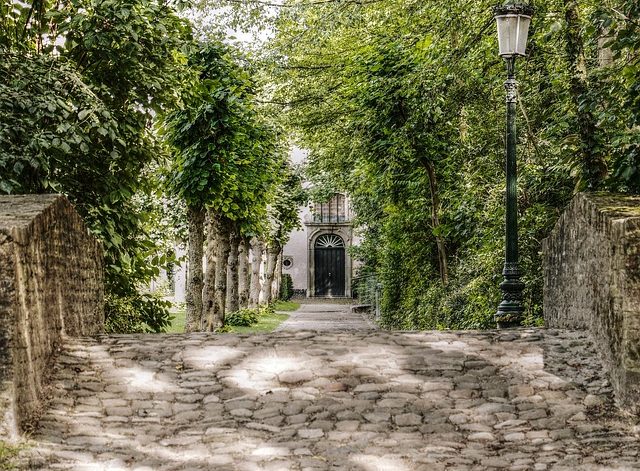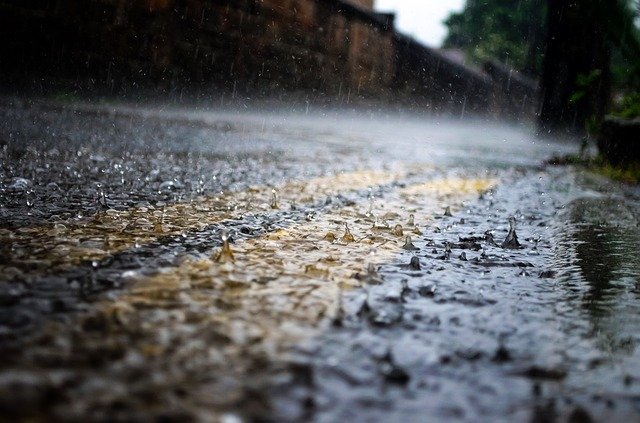INTRODUCTION
Green Gentrification: It is also known as Environmental Gentrification or Ecological Gentrification.
It is defined as a greening process by which the financial values of properties increase that brings attention of the rich communities to that area. While the disenfranchised and polluted properties are particularly inhabited by lower-income residents. In green gentrification, the pollution is controlled by urban greening projects, but that is particularly done for the rich inhabitants of that area and the poor people are left to live in environmentally degraded areas.
Green Gentrification leads to environmental racism and deprives poor people of their right to live in a healthy and clean environment.
Check out: Climate Despair – A Scheme By Corporations To Hinder Action?
CAUSES OF GREEN GENTRIFICATION
The causes of green gentrification are highlighted below. It is a matter of socioeconomic and environmental justice issue that treats poorer communities of the society and minorities unjustly.
1. Social and Cultural Injustices: Green gentrification is often an outcome of social and cultural injustices. Real estate developers are a key component of green gentrification are seek to target rich people of the society at the expense of the poor people of the society.
2. Environmental Pollution: The environmental pollution that makes some places unfit for the “upper socio-economic class” to settle in is usually inhabited by the lower-income class. Thus plants and trees are grown and the environment cleaned only for the rich people, while poor people are left to reside in degraded areas.
3. Housing Requirements: As the population is increasing, movement to urban areas is stressing housing requirements, especially because financially affluent people from smaller cities and towns move into metropolitan cities and demand to live in areas that have a clean and green environment.
4. Classism: Belief that rich people of the society deserve a better lifestyle than poor people of the society is one of the biggest causes of Green Gentrification, where greenery, parks and gardens are deemed “unnecessary” for them.
5. Environmental Injustice: The widespread issue of environmental injustice and racism leads nowhere but green gentrification. For more information on this topic, please read Environment Discrimination and the Importance of Environmental Justice
Also check out: What is Climate Justice and Why Is It Important?
IMPACTS OF GREEN GENTRIFICATION
There could be positive impacts of green gentrification but those are likely limited for wealthy communities only and it negatively impacts poor communities. The areas that were once affordable to low-income residents will no longer be affordable for poor communities.
1. Environmental Degradation: Green gentrification leads to environmental degradation because turning properties into parks and gardens will make poor communities suffer. Huge single houses in place of apartment buildings can lead to environmental degradation in a lot of ways.
2. Displacement of Lower-Income Residents: Out of many other negative impacts, displacement of lower-income residents is the most disastrous impact. Many a times poor people are forced out from their land/houses which are taken over by influential construction and development corporations (land-grabbing mafia) and demolished to make “greener and more developed” housing societies for the rich people. This practice leaves those poor people homeless, leaving them no choice but to move to squatter settlements with no facilities.
Increased Criminal Activities: Social and cultural injustice create dissonance among societies. It will lead to increased criminal activities. Lack of parks and gardens for children to play in can also lead to them adopting negative habits.
4. Business Losses: The lower class communities will likely suffer economic and business losses due to displacement.
5. Health Effects: There are dangerous health impacts associated with green gentrification at the expense of people from low-earning class of the society such as depression, anxiety among children, injuries and cancers due to unfit living conditions in the communities they are forced to live in.
You might also like: What Is Green Colonialism? – Everything You Need To Know
SOLUTIONS TO GREEN GENTRIFICATION
The solutions to green gentrification could only be possible with public laws and policies including the environmental justice movement.
1. Environmental Amenities: One solution could be providing environmental amenities to all people of the society, from lower income residents to the affluent residents.
2. Government Housing Schemes: The poor communities could be provided with good quality houses in safe, clean and green environments if governments initiate such schemes.
3. Preserving Existing Parks and Garden: Another possible solution is preserving existing greening places such as parks, gardens, urban forestry, etc. and to make them accessible for all members of the society. Also check out: Modern Lawns Destroying Our Environment – Gardens Are Better.
4. Job Opportunities: Green gentrification causes unemployment and homelessness and the only solution to this problem could be creating more job opportunities.
5. Social Equity Goals: The process of green gentrification should incorporate social equity goals, so that poor community isn’t kept deprived of their rights.
Also read: Covid-19 and Climate Change – Exposing Environmental Injustice
CONCLUSION
The government should act for the betterment of society by proving environmental amenities to people regardless of their social class. Green gentrification may have constructive environmental impacts but it should be taken into consideration that those benefits will only benefit rich communities which are in minority in any society. Initiating urban greening projects in the neighborhood by ecological gentrification will in the long run increase social and cultural injustice.
Also check out: Brief History of Environmental Movement and Environmentalism
I hope you all liked this post! Please comment below if you have any suggestions, comments, or feedback! We at #envpk love hearing from our readers! Thanks!




